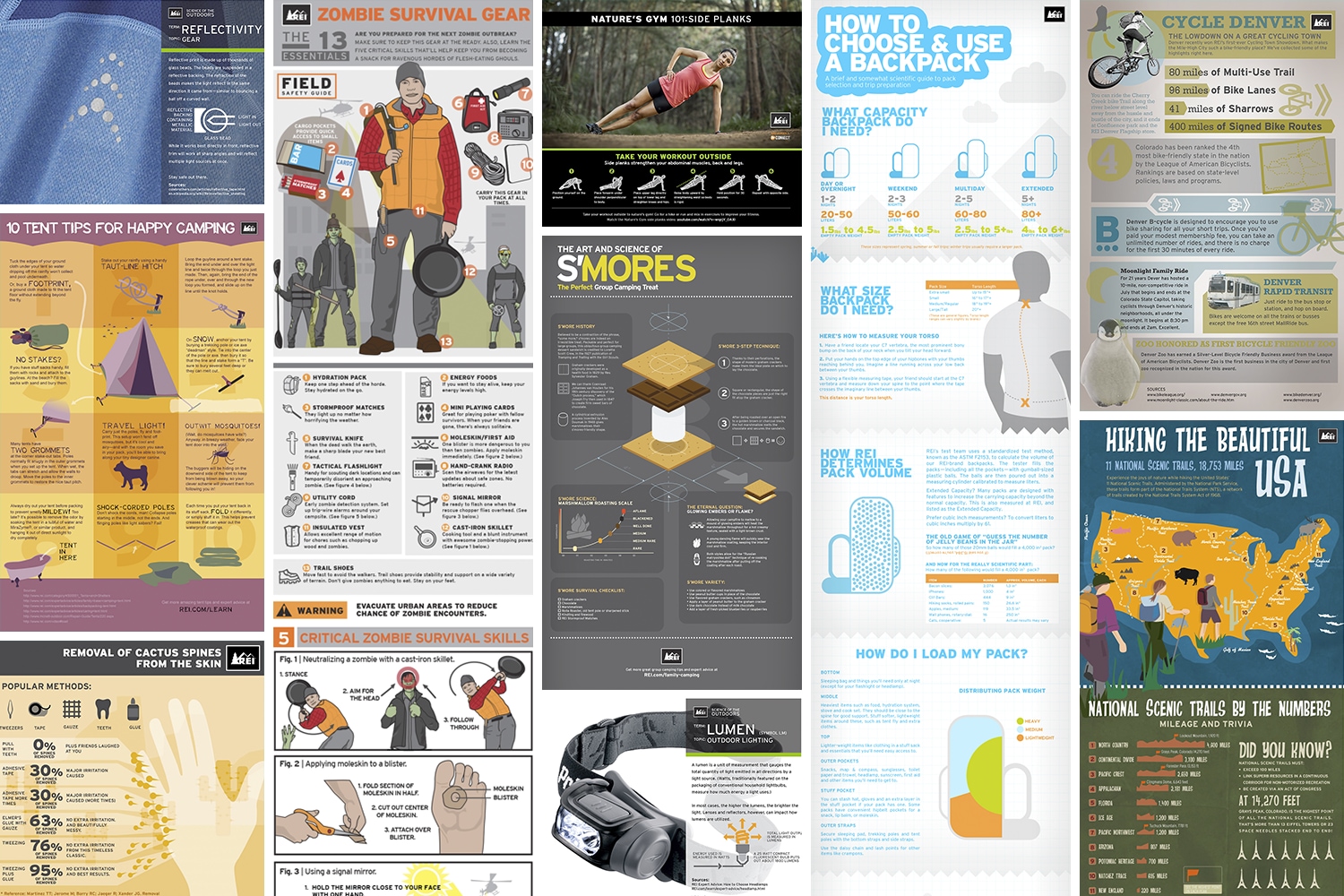For ounce counters, stakes are a prime location to save money. Many stake sets feature a things sack that makes them simple to pack and shield.
They can easily penetrate softer, sandy soils and want duff yet struggle with rocky terrain. Their blunt ends take advantage of making use of a club.
Hook Risks
Basically long needles with a point on one end and a flattened head at the other, pin risks are basic yet reliable. They function well in hard ground where it's challenging to drive in longer stakes and do particularly great in rough surface, as the idea can function its means in between hidden rocks. Some variations (like Sea to Top's Ground Control risks) have 3 notches for guy lines, which reduce leverage and improve holding power.
A common alternative to shepherd's hook stakes, plastic utility stakes generally have a Y-shaped shaft that won't twist in the soil and have a tendency to be longer than hook stakes. They're strong and resilient enough for moderate use, though they are brittle if you try to hammer them into rock or hard soil. They additionally require to be tilted completely to stop the individual line from slipping off if it comes to be relaxed with time (knotting it around the shaft two times can assist). Length: Longer stakes compact soil over a greater deepness and quantity, which can raise total frictional resistance.
Nail/Pin Risks
Nail stakes have a pencil point for easy driving into clay, rock, or compressed dirt. These risks are likewise much more resilient than wood stakes and do not splinter. They are typically made use of in building and construction, secure fencing, and disintegration control jobs.
These stakes have 12 spirally arranged toenailing openings one inch on center giving each risk with 24 prelocated nail entrance points making them easy to reusable bag use and fast to install. This nailing layout removes splitting, turning and splintering improving worker safety and security and removing shed labor time.
They are typically used in concrete creating to safeguard lumber or metal concrete forms and in flatwork applications. They are also a preferred option for connecting screed bar holder secures in flatwork completing, string line guides, securing landscape hardwoods and checking stakes. They are made from cool rolled united state made tool steel for added toughness and toughness. They have a typical life 2 to 3 times that of competitors warm rolled stakes.
V Stakes
Lots of camping tent stake layouts exist, ranging from simple light weight aluminum and titanium round stakes to carbon-fibre ones created for a variety of terrain. Picking the best risks depends upon tent kind, camp site location and ground thickness.
As any risk is driven into the ground, it displaces some soil along its length. The displaced dirt compacts the soil quickly adjacent to the stake and assists to enhance its toughness.
Stakes with a v-shaped cross section (like MSR's Ground Hog Y risks or Sierra Designs FL risks) are much more sturdy than hook stakes without including much weight, and they likewise have a convenient notch for the person line. However, they might lack as much holding power in tough or rocky ground. In such instances, angling the stake more detailed to vertical can aid. This takes full advantage of the chance that a drawing pressure will get to compacted layers of dirt, enhancing the risk's resistance to being pulled out. In a similar way, longer stakes permeate deeper into the dirt and boost total compaction.
Deck Stakes
Basically a thicker Y-peg, these stakes utilize an added flange to enhance surface and improve holding power. While an excellent option in loose and sandy substratums, they do disturb even more soil on insertion than less intricate shapes. This can minimize holding power in hard, thick ground - yet it's still a better choice than nails or pins.
A variation on the Y-stake, these stakes have 3 notches for guy lines to help reduce utilize and can be useful in difficult and rough ground. They also have a tendency to be brief and light, making them a fantastic selection for backpacking in rocky terrain. The Sierra Styles Ground Control risks are a good example of this kind, though there are several others on the market.
Like other risks that do not have a hook or man line notch, these will certainly require to be angled adequately to stop the line from slipping off (as can happen if the line becomes slack). Knotting the line two times around the shaft can help.
